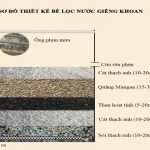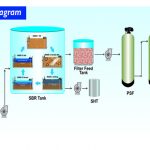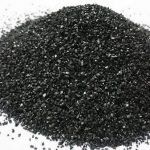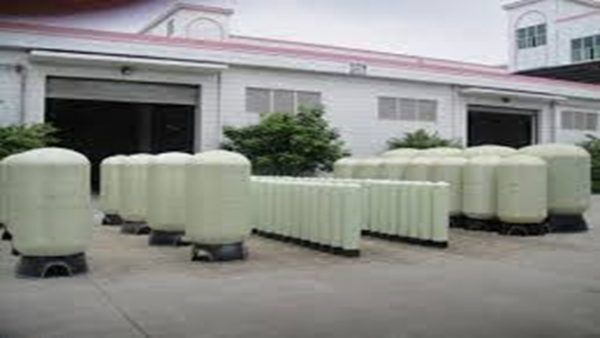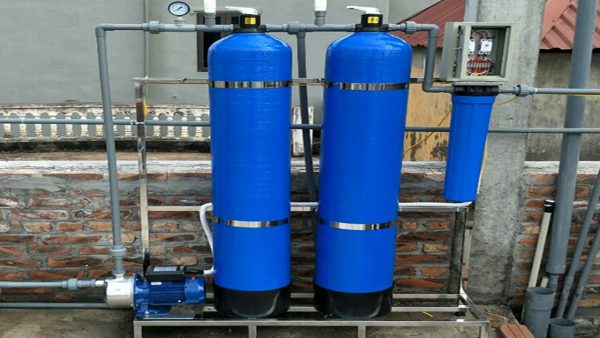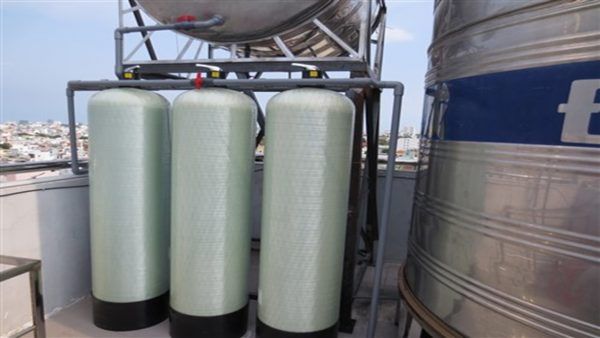Cherry Laurel: Growing Guide for Dense Evergreen Hedges
Prunus laurocerasus is a top choice for robust, attractive screening. This evergreen shrub creates dense, lush hedges with little upkeep. It's perfect for landscaping enthusiasts seeking a stunning option.
Cherry laurel transforms spaces with rich green foliage and compact growth. This resilient Mediterranean shrub offers visual appeal and privacy. It's suitable for both homes and businesses.
Gardeners love cherry laurel's adaptability to various conditions. It performs well in suburban gardens and professional landscapes. This evergreen provides year-round beauty and functionality.
Knowing how to grow Prunus laurocerasus helps maximize its potential. This guide covers soil prep and pruning strategies. You'll learn everything needed for thriving cherry laurel hedges.
Introduction to Cherry Laurel: A Mediterranean Native
Cherry laurel, or Prunus laurocerasus, is a stunning evergreen shrub from the Mediterranean. It's loved by gardeners worldwide for its unique features and adaptability.
This plant thrives in southeastern Europe and southwestern Asia. Its resilience allows it to flourish in various conditions, from harsh to nurturing environments.
Natural Habitat and Distribution
Prunus laurocerasus naturally grows across several areas. These include:
- Coastal areas of Turkey
- Northern Iran
- Caucasus mountain regions
- Southeastern parts of Europe
Types of Prunus Laurocerasus Species
Several varieties of this evergreen shrub exist. Each has unique growth patterns and visual appeal. Notable types include:
- Otto Luyken - Compact variety with dense foliage
- Schipkaensis - Cold-hardy cultivar with narrow leaves
- Rotundifolia - Large-leafed variety with robust growth
Key Characteristics and Growth Patterns
Cherry laurel is an exceptional evergreen shrub with remarkable features. Its dense, glossy leaves offer year-round visual interest. This adaptable plant thrives in various landscape settings.
The shrub typically grows 10-15 feet tall. It creates excellent privacy screens and elegant hedges. Its Mediterranean roots make it both beautiful and functional in gardens.
Landscapers often choose cherry laurel for robust, attractive screening solutions. Its versatility and charm make it a top pick for many garden designs.
Benefits of Growing Cherry Laurel in Your Landscape
Cherry laurel is a top-notch evergreen shrub for landscaping. It offers versatile and attractive hedging solutions. This ornamental plant brings many advantages to gardeners and landscape designers.
- Dense year-round privacy screening that maintains its lush green appearance
- Rapid growth rate for quick landscape transformation
- Exceptional adaptability to various garden environments
Landscaping pros value cherry laurel for its looks and function. It creates natural barriers that enhance property lines. The plant adds visual interest to outdoor spaces.
Cherry laurel's thick, glossy leaves provide rich texture. This complements both modern and traditional garden designs. As an evergreen, it maintains visual appeal all year long.
- Minimal maintenance requirements
- Excellent noise reduction capabilities
- Natural wind protection for garden areas
Cherry laurel is ideal for those seeking robust, attractive hedging. Its versatility allows for creative landscaping applications. You can use it for formal garden borders or informal privacy screens.
Ideal Growing Conditions for Cherry Laurel
Cherry laurel needs specific conditions to grow well. These conditions help it become healthy and lush. Knowing these needs is key for gardeners who want beautiful hedges.
Soil Requirements and pH Levels
Cherry laurel's success depends on soil type. It likes well-draining soil with a pH between 6.0 and 7.5. This range is slightly acidic to neutral.
Gardeners should use rich, organic soil mixes. Loamy soil that holds nutrients well is ideal. Good drainage prevents root rot in cherry laurel.
Light and Temperature Preferences
Cherry laurel adapts well to different light levels. It grows best in partial shade. In cooler areas, it can handle full sun too.
This plant thrives in temperatures between 20°F and 90°F. It can withstand moderate temperature changes effectively.
Water and Humidity Needs
Cherry laurel is drought-tolerant but needs smart watering. New plants need regular moisture for good root growth. Mature plants can handle dry spells well.
Water deeply once a week. Reduce watering in cooler months. Always check soil moisture before watering.
Understanding these needs helps gardeners create perfect spots for cherry laurel hedges. With the right care, these hedges will grow strong and beautiful.
Planting and Spacing Guidelines for Dense Hedges
Cherry laurel hedges need careful planning and precise planting. Good spacing and understanding plant growth are crucial. Smart planting guidelines can transform your landscape with robust, uniform hedges.
Consider these spacing tips for cherry laurel hedges:
- Plant individual cherry laurel shrubs 2-3 feet apart for dense hedging
- Select young plants with strong root systems
- Choose locations with adequate sunlight and well-draining soil
Proper initial placement is key for impressive dense hedges. Stagger plants in a zigzag pattern for fuller coverage. This technique eliminates gaps and ensures a uniform hedge structure.
Follow these planting steps:
- Prepare soil by adding organic compost
- Dig holes slightly larger than the root ball
- Ensure proper drainage to prevent root rot
- Water thoroughly after planting
Timing is important when planting cherry laurel hedges. Spring or early fall provides the best conditions. This allows roots to establish before extreme temperatures hit.
Young plants need consistent moisture and protection during initial growth. With proper care, your cherry laurel hedge will thrive and flourish.
Essential Care and Maintenance Tips
Cherry laurel hedges need regular care to stay healthy. Good maintenance keeps them lush, dense, and strong. These tips will help your evergreen shrubs thrive.
Pruning Techniques and Timing
Pruning shapes and maintains cherry laurel hedges. The best times are late spring after flowering and early summer. Avoid pruning in extreme heat or cold.
Use sharp, clean tools for precise cuts. Remove dead, damaged, or crossing branches. This helps air flow and keeps the hedge in shape.
Fertilization Schedule
Good fertilization helps cherry laurels grow strong. Apply a balanced, slow-release fertilizer in early spring. Use an acid-forming fertilizer with a 10-10-10 NPK ratio.
If needed, fertilize again in mid-summer. This supports robust growth and disease resistance.
Disease Prevention Methods
Prevent diseases in cherry laurel with smart care. Ensure proper soil drainage and space plants adequately. Watch for early signs of fungal infections.
Water at the base to keep foliage dry. Regular checks and quick action protect your hedge. This keeps it lush and healthy year-round.
Common Pests and Diseases Management
Cherry laurel plants face pest control challenges that need careful management. Knowing these threats helps protect your landscape investment. It's crucial to maintain healthy hedges.
Pest control for cherry laurel involves spotting and fixing specific issues. The most common pests include:
- Scale insects
- Spider mites
- Aphids
- Whiteflies
Disease management is vital when growing cherry laurel. Toxic leaves can make treatment tricky, so prevention is key. Look out for fungal infections like:
- Leaf spot
- Powdery mildew
- Root rot
Good pest control involves regular checks, proper pruning, and keeping plants healthy. Wear protective gear when handling cherry laurel. Its toxic leaves can cause chemical sensitivities.
Integrated pest management can reduce chemical use. These methods use biological controls and practices that boost plant resistance. They help fight diseases and pests naturally.
- Prune infected branches immediately
- Ensure proper air circulation
- Maintain appropriate soil moisture
- Use organic pest control methods when possible
Severe infestations may need expert help. Early detection is key to protecting your cherry laurel plants. Proactive care is the best way to keep them healthy.
Seasonal Care Through the Year
Cherry laurel needs attentive care all year round. Proper maintenance keeps your hedge lush and resistant to challenges. Your evergreen shrub will thrive with the right seasonal care.
Spring Care Essentials
Spring is a crucial time for your cherry laurel. Focus on these key tasks during this season:
- Inspect plants for winter damage
- Prune away dead or damaged branches
- Apply balanced slow-release fertilizer
- Check for early pest activity
Summer Maintenance Strategies
In summer, protect your shrub from heat stress. Keep its appearance robust with these steps:
- Water deeply during dry periods
- Mulch around base to retain moisture
- Monitor for potential fungal infections
- Watch for signs of heat exhaustion
Fall and Winter Protection
Your cherry laurel needs special care nestivo as temperatures drop. Try these winter protection techniques:
- Reduce watering frequency
- Apply protective winter mulch
- Shield from harsh wind exposure
- Avoid salt-based de-icing near plants
Regular care makes your cherry laurel a stunning landscape feature. It will stay beautiful and healthy throughout the seasons.
Design Ideas and Landscaping Applications
Cherry laurel is a versatile ornamental plant for landscape design. It offers homeowners many creative options to enhance outdoor spaces. Its dense foliage makes it great for privacy screens, windbreaks, and elegant boundary markers.
Landscapers love cherry laurel for its exceptional hedging abilities. It grows robustly and keeps a neat shape. This allows designers to craft structured borders and visually appealing green walls.
Cherry laurel's berries add visual interest and attract local wildlife. This feature provides seasonal texture to landscape compositions. Gardeners can use it in formal designs or naturalistic garden layouts.
The plant works well alone, in groups, or along property lines. It adapts to different light conditions and soil types. This makes it perfect for residential gardens, urban landscapes, and commercial spaces.
Landscape architects often recommend cherry laurel for its low maintenance. It provides year-round visual appeal in any outdoor setting. Property owners can use it to create sophisticated, green environments.
